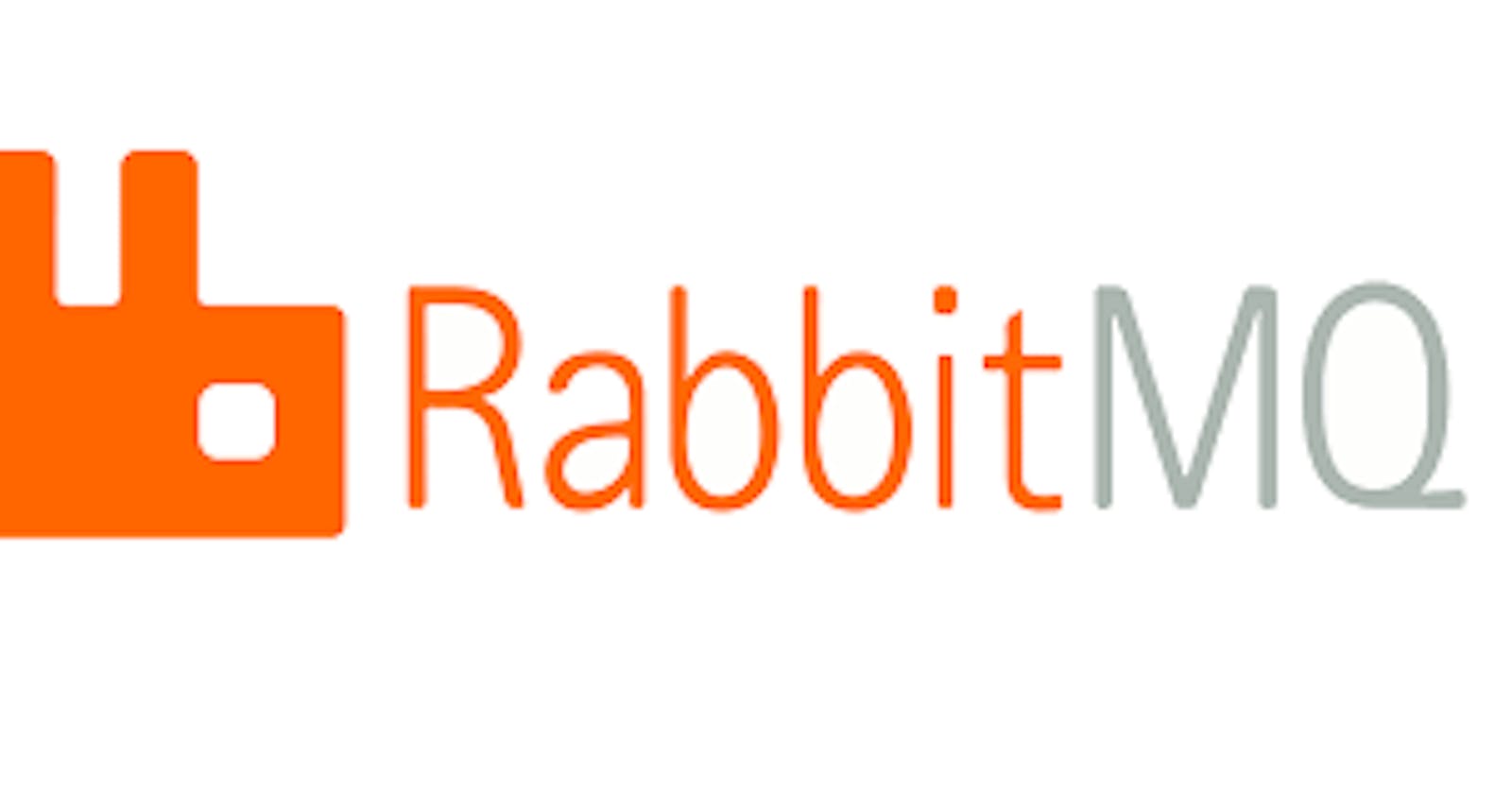What is RabbitMQ?
RabbitMQ is an open-source message broker software that allows applications to communicate with each other by exchanging messages. It acts as a mediator between different applications and services, enabling them to pass messages between each other.
In simple terms, RabbitMQ works like a post office where messages are delivered and received by different applications. It uses AMQP (Advanced Message Queuing Protocol) as the standard protocol for messaging.
RabbitMQ provides a flexible messaging system that supports a variety of messaging patterns such as point-to-point, publish/subscribe, and request/reply. It can handle a large number of messages and connections, making it suitable for large-scale distributed systems.
RabbitMQ is commonly used in microservices architectures, where different services need to communicate with each other. It can also be used for data streaming, logging, and other use cases where real-time data transfer is required.
Components of RabbitMQ
RabbitMQ has several key components that work together to form a complete message broker system:
Exchange: An exchange is responsible for receiving messages from producers and routing them to the correct queue or queues. It examines the routing key of incoming messages and decides which queue(s) to forward them to based on pre-defined rules.
Queue: A queue is a buffer that holds messages until a consumer is ready to process them. Queues can be created dynamically and can be configured with various options such as message expiration, priority levels, and maximum message size.
Binding: A binding is a link between an exchange and a queue that defines the routing key used to route messages from the exchange to the queue.
Producer: A producer is an application or service that sends messages to an exchange for processing.
Consumer: A consumer is an application or service that subscribes to a queue and receives messages from it. Consumers can be set up to process messages in different ways, such as one message at a time or in batches.
Connection: A connection is a network connection between a client (producer or consumer) and the RabbitMQ broker. It handles authentication and encryption, and allows clients to establish channels for sending and receiving messages.
Channel: A channel is a lightweight, virtual connection within a connection that allows a client to send and receive messages without opening a new network connection. Channels can be used to multiplex different message streams over a single connection.
Writing Test cases for a service that uses RabbitMQ
# require necessary gems and files
require 'rspec'
require 'bunny'
require_relative 'rabbitmq_publisher'
# describe the RabbitMQPublisher class
RSpec.describe RabbitMQPublisher do
# create a mock RabbitMQ connection
let(:connection) { instance_double(Bunny::Session) }
# create a mock RabbitMQ channel
let(:channel) { instance_double(Bunny::Channel) }
# set up the publisher and channel mocks before each test
before(:each) do
allow(Bunny).to receive(:new).and_return(connection)
allow(connection).to receive(:start)
allow(connection).to receive(:create_channel).and_return(channel)
allow(channel).to receive(:queue)
allow(channel).to receive(:default_exchange)
end
# describe the publish method
describe '#publish' do
# create a mock message
let(:message) { { foo: 'bar' } }
# set up the queue and exchange mocks before each test
before(:each) do
allow(channel).to receive(:queue).with('my_queue', durable: true)
allow(channel).to receive(:default_exchange).and_return(instance_double(Bunny::Exchange))
end
it 'publishes a message to the correct queue' do
# expect the message to be published to the correct queue with the correct options
expect(channel.default_exchange).to receive(:publish).with(message.to_json, routing_key: 'my_queue', persistent: true)
# publish the message
subject.publish('my_queue', message)
end
end
end
In this example, we are testing the RabbitMQPublisher class, which is responsible for publishing messages to a RabbitMQ queue. We use RSpec's mocking functionality to create mock objects for the RabbitMQ connection and channel, and then set up expectations for the message to be published to the correct queue with the correct options.
